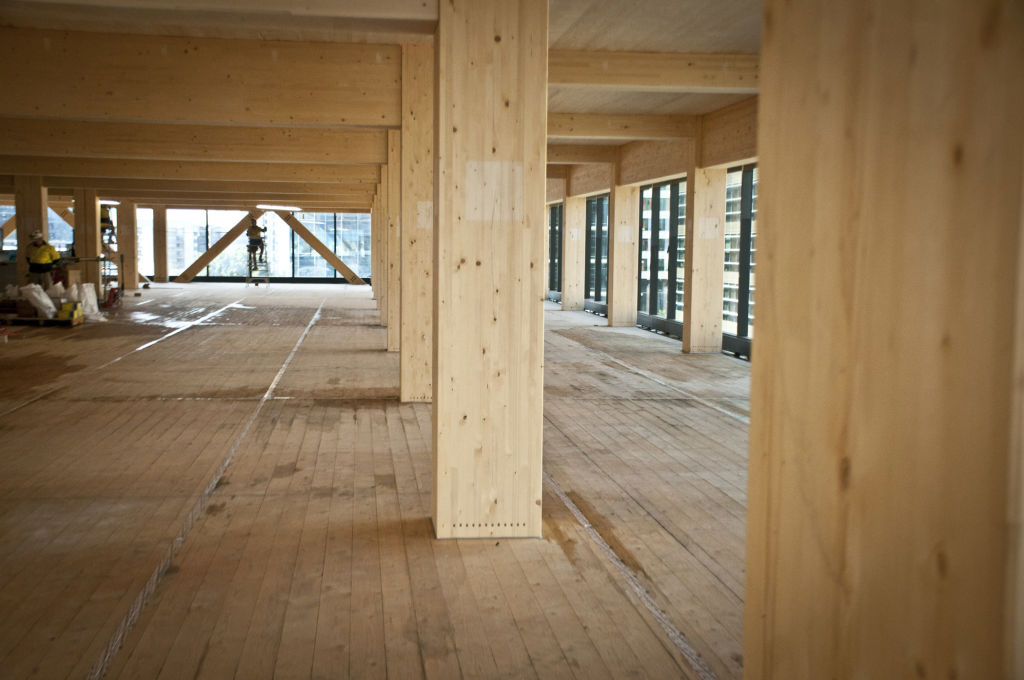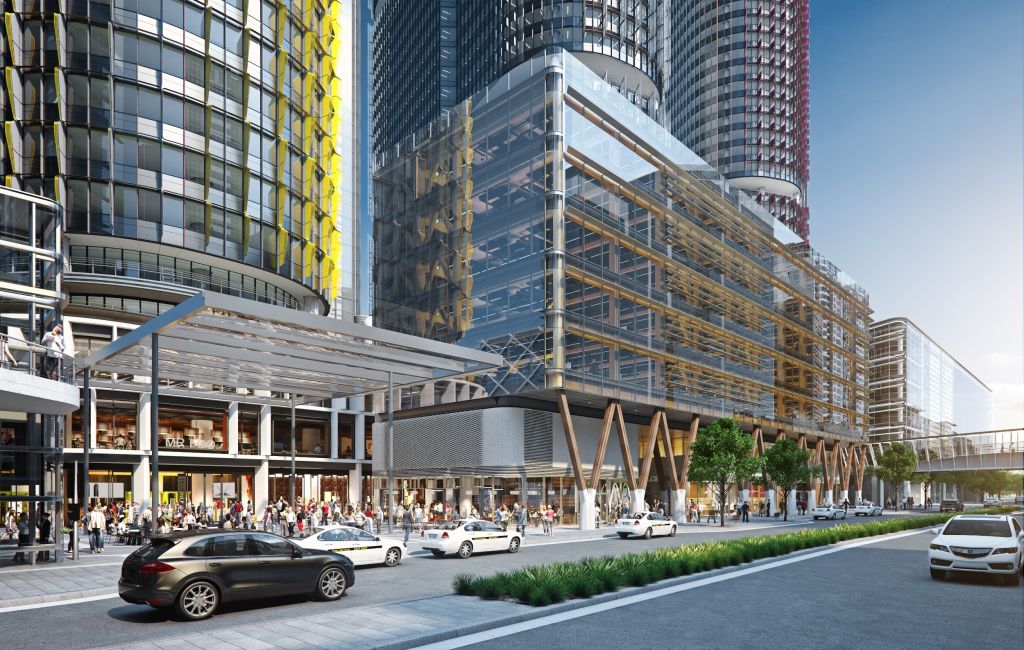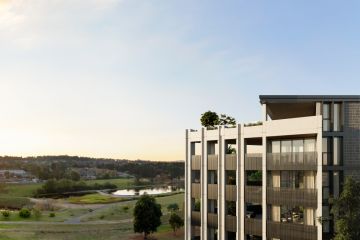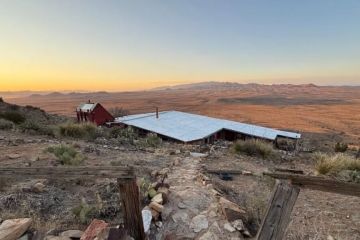How cross-laminated timber could change how Australian homes are built

The way Australian homes are built could be changed forever, with new research into a type of engineered timber showing it could cement its place as an environmentally friendly alternative to concrete.
Australian cross-laminated timber, or CLT, can replace concrete in many situations, including being used as a foundation for a house.
Studies have already been conducted on European CLT, which is being used in towers and building extensions in Australia now. But local CLT is different because the composition of the wood differs here.
Associate Professor at Deakin University Mahmud Ashraf said CLT was being manufactured in Australia for the first time, and the new research he was undertaking was needed to determine its exact strength.
“The funny thing is, even though it’s called CLT, the properties vary greatly depending on the type of timber you use,” he said. “Australian timbers are a little bit harder than the European ones. We expect that it will give us a bit more strength than European strength.”

CLT and other engineered timber types can have a comparable strength to reinforced concrete, but they are not as strong as steel. Its main limiting factor is how far it can span – about six metres.
Now there was local production of the material, Associate Professor Ashraf said, there were new possibilities for its use.
“CLT has a very good future, one of the things we’re talking about now is we’re moving towards prefabricated homes,” he said. “CLT can be a real game changer. You can make and design your house and you take everything on site and you assemble.
“It can be like Ikea furniture.”
Builders would still be needed, Associate Professor Ashraf conceded, but the construction process would be faster and cheaper, even though the materials would cost more.
Associate Professor Paul Kremer formerly worked at XLam, CLT’s sole producer in Australia. He said current use of CLT was mainly an environmental choice, rather than commercial.
“Those who build in residential buildings are building for environmental benefits and aesthetics,” he said. “They’re generally in apartment-type set-ups rather than attached buildings.
“The target [for XLam] is multi-storey, three to 10 levels.”

Aurecon and Lendlease have used engineered timber in some builds already, and Aurecon managing director of design, innovation and eminence Kourosh Kayvani said he saw a bright future for CLT.
“I expect that because of two elements that make it more appealing. The carbon footprint of an engineered timber building is about a quarter of a conventional material building of concrete and steel,” he said.
“The other element is the biophilic nature. People have better feelings in a building with exposed timber. I would say as we move forward we’ll see more of it.”
Mr Kayvani said the main limit for its uptake in Australia was a lack of local production.
The timber XLam uses in its CLT is offcuts and would otherwise be headed for landfill, which makes the product even more environmentally friendly.
Cement and concrete are considered damaging to the environment due to the large amounts of energy and water needed in their production.
CLT was viable to use in a detached home, Associate Professor Ashraf said, but at the moment the early adopters were all choosing to use the material as part of high-end, architecturally designed properties which were already expensive to begin with.
Existing examples of CLT towers are 25 King Street in Brisbane and the Docklands library in Melbourne.
CLT is airtight, so no moisture or termites can get into it and it has a similar fire resistance rating than steel in some cases.
We recommend
We thought you might like
States
Capital Cities
Capital Cities - Rentals
Popular Areas
Allhomes
More







